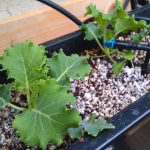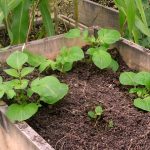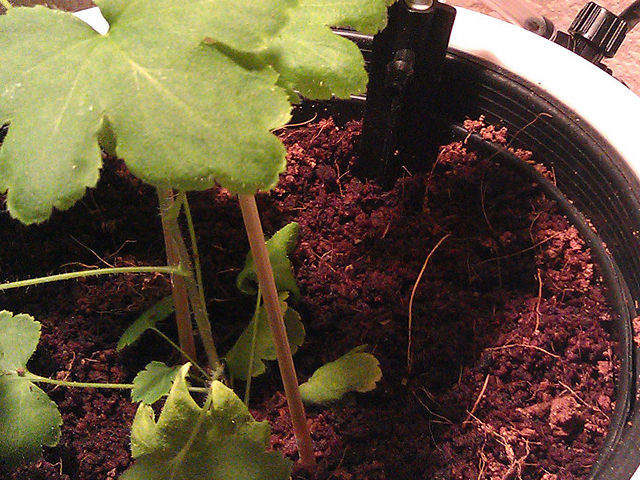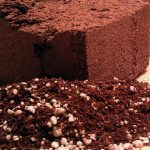Grow Light Basics
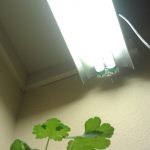 There are a couple common misconceptions about growing plants indoors with artificial lighting, but growing plants under lights indoors doesn’t have to be a technical or expensive endeavor. Cover/Feature photo: Pink Lemonade Blueberries Under Indoor Grow Lights, Gardenisto © 2012; Photo Left: Golden Currants under T8 Lights © 2012; Bottom Left:Pink Lemonade Blueberries under T8s © 2012.
There are a couple common misconceptions about growing plants indoors with artificial lighting, but growing plants under lights indoors doesn’t have to be a technical or expensive endeavor. Cover/Feature photo: Pink Lemonade Blueberries Under Indoor Grow Lights, Gardenisto © 2012; Photo Left: Golden Currants under T8 Lights © 2012; Bottom Left:Pink Lemonade Blueberries under T8s © 2012.
The first common misconception is that special and expensive light bulbs are required for growing indoors. The truth is you do not need special or expensive lighting. A common 4 foot T8 shop light fixture can be purchased from your local hardware or home improvement shop for about $20, and will be suitable for growing small plants. The bulb also does not have to be special. However, it does need to be selected carefully from all the options you will have at the hardware shop.
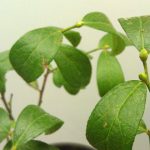 Many fluorescent T8 light bulbs won’t do much for your plants. Plants use blue wavelengths of light for green growth and red wavelengths for flowering. Without getting too technical, red is at the bottom of the light spectrum, and blue is at the top end.
Many fluorescent T8 light bulbs won’t do much for your plants. Plants use blue wavelengths of light for green growth and red wavelengths for flowering. Without getting too technical, red is at the bottom of the light spectrum, and blue is at the top end.
Light bulbs have a light/color spectrum rated in Kelvin. Most light bulbs in the hardware shop will have a ‘cool white’ output in the middle of the spectrum at 3500k to 4100k, but what you need for healthy plants is at the higher and lower ends of the spectrum.
Look at the bulb packages and find a 6500K bulb. This will provide the full light spectrum, including blue light that plants need. Common T8 Light fixtures hold 2 to 4 bulbs, so if you are interested in getting your plants to flower you can use a bulb with a K rating of 3000 or less, in conjunction with a 6500k bulb.
This brings us to the final misconception on costs. A two bulb T8 shop light fixture costs 20 dollars, and a two pack of T8 fluorescent light bulbs costs less than 8 dollars. The total equipment cost for a small growing space is about 28 dollars. Get fancy and add a mechanical timer for 4 bucks, and you have yourself an automated system.
So what about the electrical bill? Your electrical bill is not going to sky rocket. A rough estimate of the operational cost of a two bulb T8 light fixture, running 16 hours a day, is between 4 and 8 dollars a month. Annually that’s a cost of no less than 48 dollars, and no more than 96 dollars per year. Your actual cost will be based on your kilowatt/hr rate, which you can find in your electrical bill.
Tags: 6500k, diy, grow light, growing indoors Comments